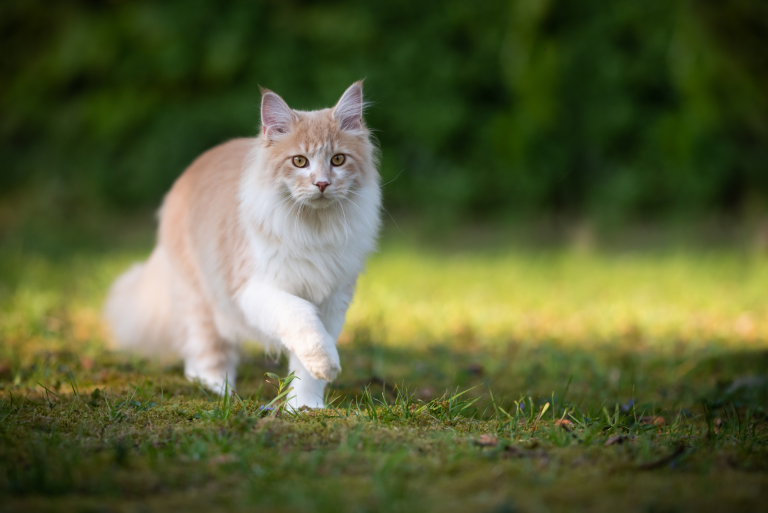Top 12 U.S. States With The Largest Coyote Populations
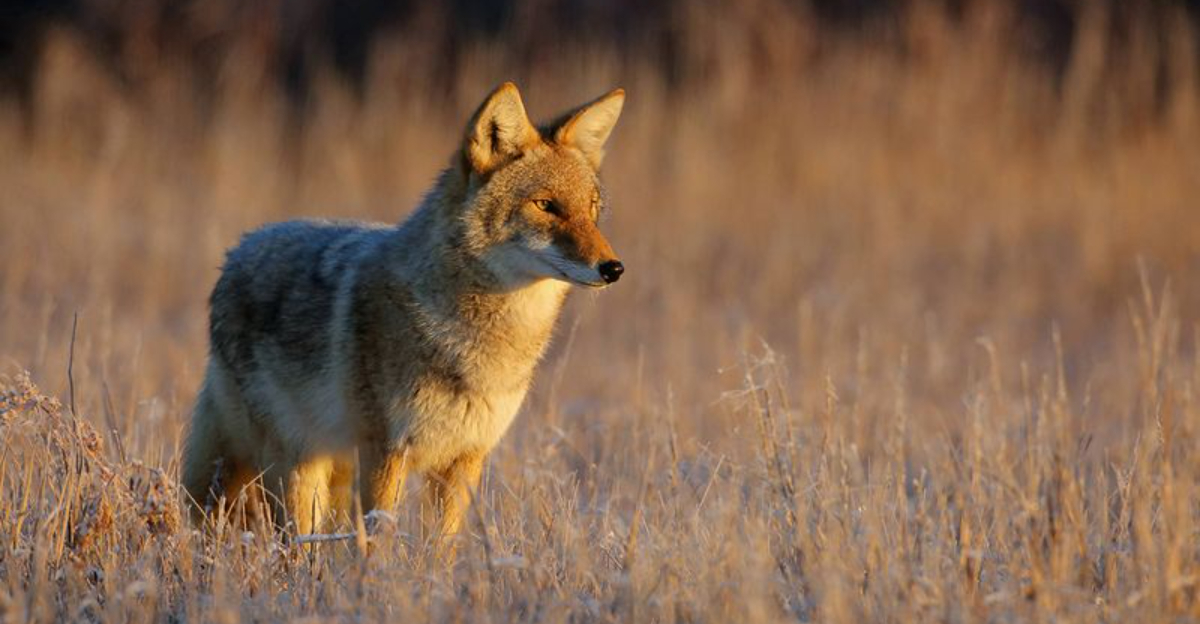
Coyotes have adapted remarkably well to America’s changing landscapes, thriving in wilderness areas and urban environments alike. These resilient predators play important roles in local ecosystems by controlling rodent populations and maintaining natural balances.
Understanding which states have the highest coyote numbers helps wildlife managers develop appropriate conservation strategies while reducing human-wildlife conflicts.
1. Texas
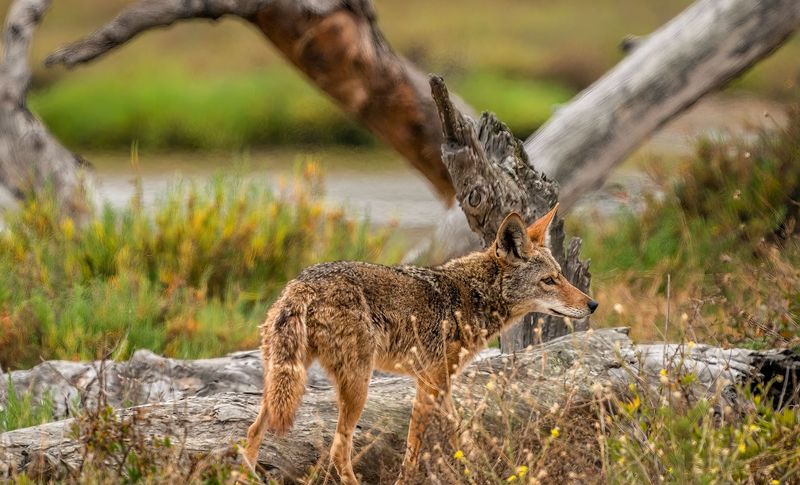
The Lone Star State reigns supreme with nearly 860,000 coyotes roaming its vast territory. Sprawling ranches and diverse ecosystems from piney woods to desert scrublands provide perfect hunting grounds.
Ranchers often spot these adaptable predators at dawn or dusk, moving with distinctive trotting gaits across the landscape. Their howls echo through Texas nights, a reminder of wild nature persisting alongside human development.
2. California
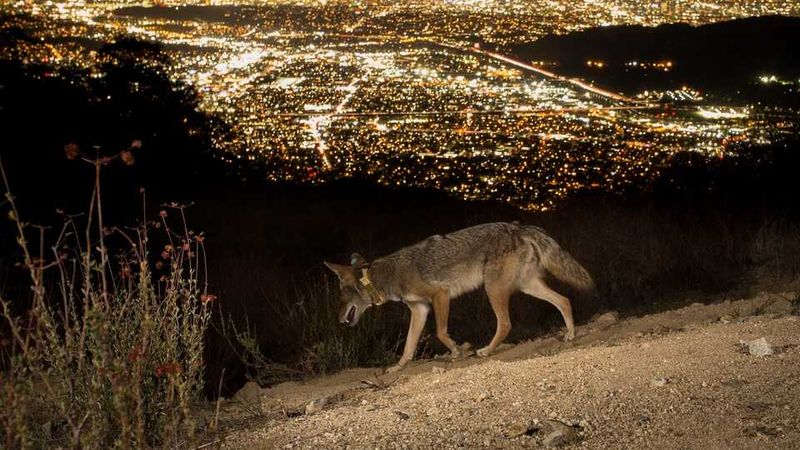
Golden State coyotes have mastered city living while maintaining strongholds in wilderness areas. From the redwood forests to the Mojave Desert, approximately 250,000 coyotes call California home.
Hollywood Hills residents frequently report backyard sightings, while farmers in Central Valley contend with these clever predators. California’s diverse habitats support one of America’s most robust coyote populations.
3. Arizona
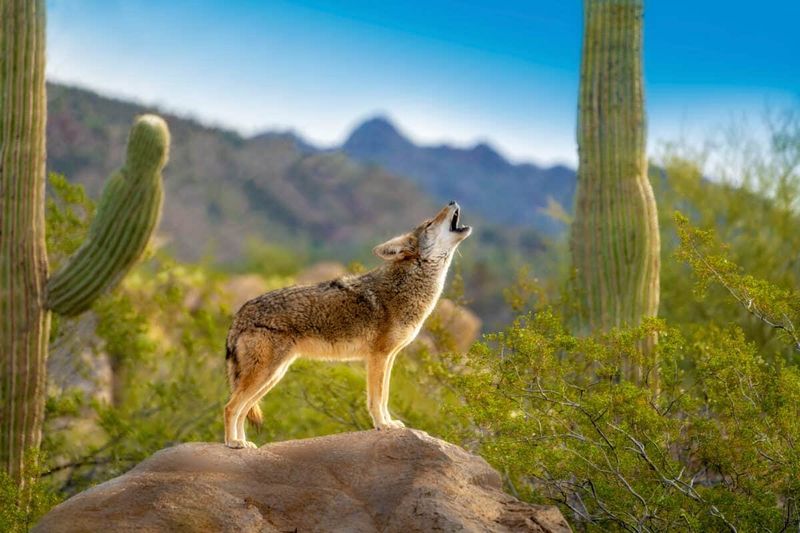
Around 200,000 coyotes thrive in Arizona’s harsh desert environment. These resourceful animals have perfectly adapted to extreme temperature fluctuations and limited water sources. Saguaro-studded landscapes provide hunting grounds for these opportunistic feeders.
Coyotes here have developed specialized behaviors for desert survival, including exceptional water conservation abilities and nocturnal hunting patterns to avoid scorching daytime heat.
4. Kansas
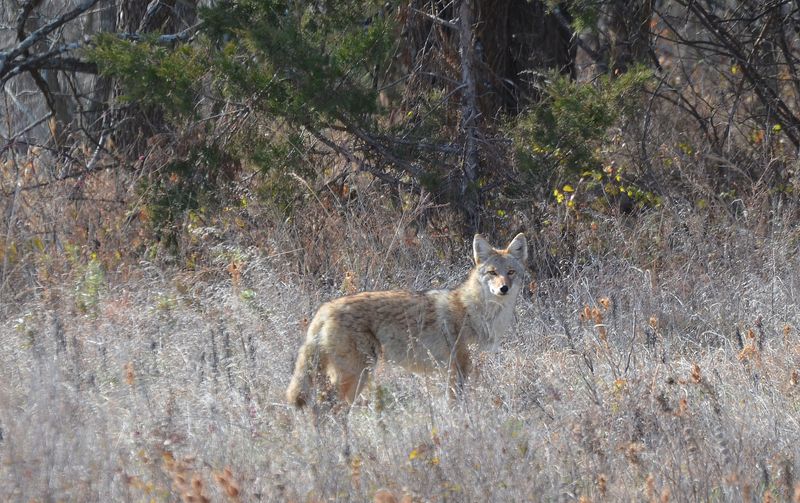
Kansas prairies support between 150,000-300,000 coyotes across its agricultural heartland. These adaptable canines help farmers by controlling destructive rodent populations that damage crops. Morning fog often reveals coyotes moving through tallgrass prairies.
Their presence maintains ecological balance in these grassland ecosystems, though farmers maintain careful management to protect livestock from these opportunistic hunters.
5. New Mexico
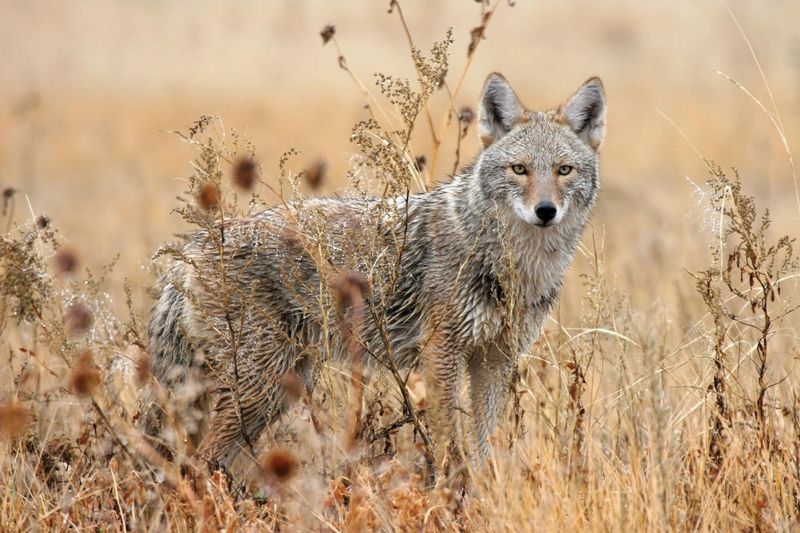
Approximately 125,000 coyotes roam New Mexico’s diverse landscapes. Ancient petroglyphs depicting these animals testify to their historical significance in the region’s ecosystem. Pueblo communities have incorporated coyotes into their cultural traditions for centuries.
These highly territorial animals thrive in New Mexico’s varied terrain, from high desert plateaus to pinyon-juniper woodlands, adapting their diets to seasonal food availability.
6. Arkansas
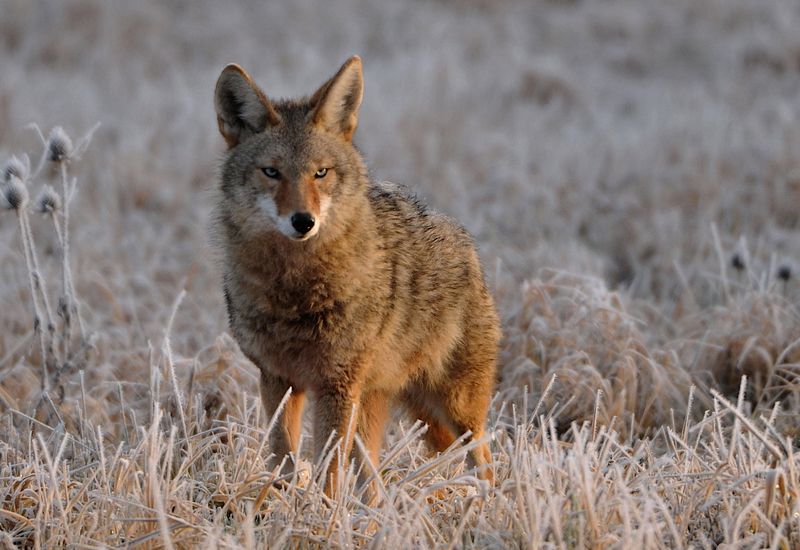
Arkansas hosts approximately 106,360 coyotes throughout its dense forests and river valleys. Unlike their desert cousins, these woodland-adapted coyotes have slightly darker coats that provide better camouflage among trees.
Ozark Mountain coyotes grow especially thick winter coats. Their presence helps control deer populations, creating healthier forest ecosystems by preventing overbrowsing of native vegetation.
7. Pennsylvania
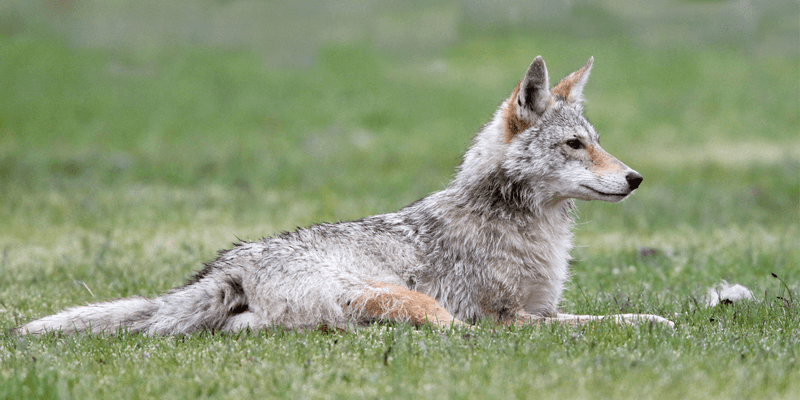
Pennsylvania’s approximately 100,000 coyotes represent an evolutionary success story. These eastern coyotes carry wolf DNA, making them larger than their western counterparts—sometimes called “coywolves” by researchers.
Game cameras frequently capture these elusive predators moving through Appalachian forests. Their remarkable ability to thrive alongside dense human populations demonstrates their intelligence and adaptability in modern landscapes.
8. Georgia
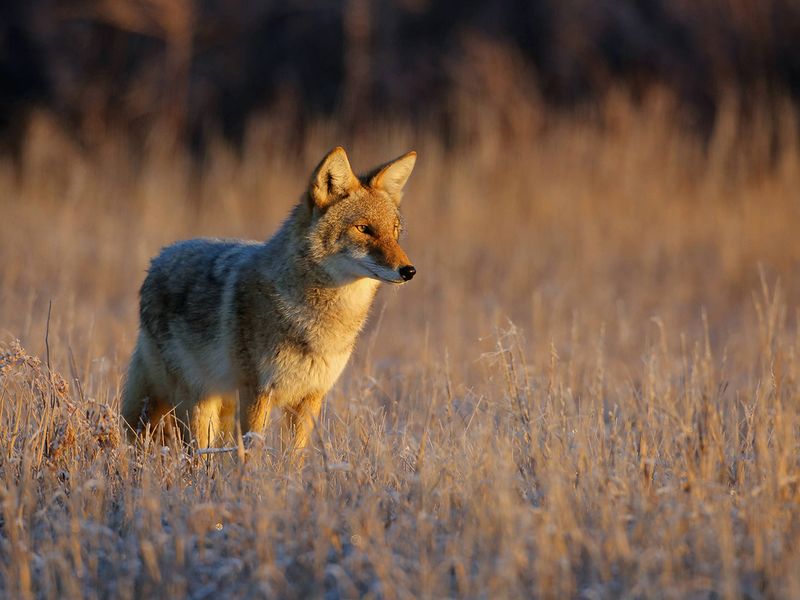
Georgia’s diverse landscapes support roughly 90,000 coyotes from mountains to coastal plains. These southern coyotes tend to be smaller than northern populations, an adaptation to warmer climates. Farmers report increasing encounters throughout the state.
Georgia’s coyotes demonstrate remarkable dietary flexibility, consuming everything from peaches to rodents to discarded human food, allowing them to thrive in both wilderness and suburban environments.
9. Wyoming
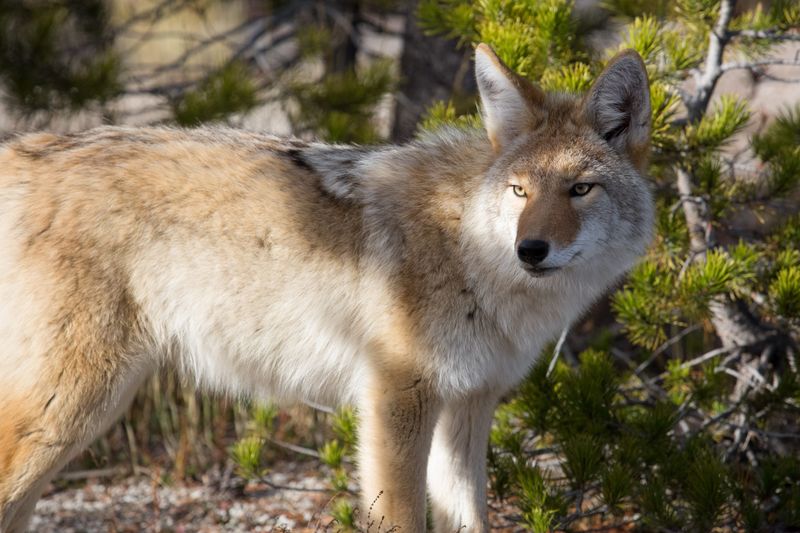
Wyoming’s vast expanses harbor approximately 86,000 coyotes across its windswept plains and mountain valleys. These hardy animals navigate brutal winters with thick seasonal coats and exceptional hunting skills.
Ranchers maintain complex relationships with these predators. Wyoming’s coyotes play crucial roles in controlling jackrabbit and prairie dog populations, though they occasionally target vulnerable livestock, creating management challenges for wildlife officials.
10. Oregon
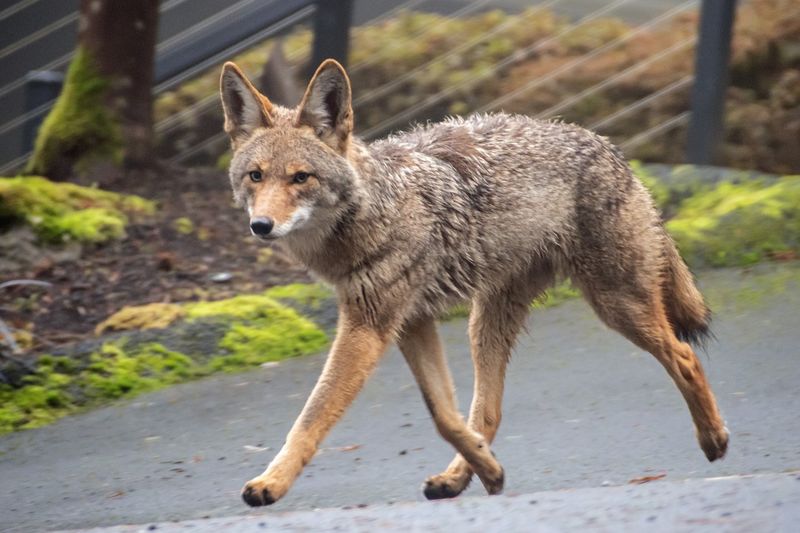
Oregon’s estimated 83,695 coyotes inhabit remarkably diverse ecosystems. Coastal coyotes feast on marine offerings like beached fish, while their mountain cousins target smaller mammals in alpine meadows. Timber industry workers frequently encounter these adaptable predators.
Oregon’s coyotes have developed specialized hunting techniques for different habitats, showcasing their remarkable intelligence and ability to exploit various food sources throughout the state.
11. Colorado
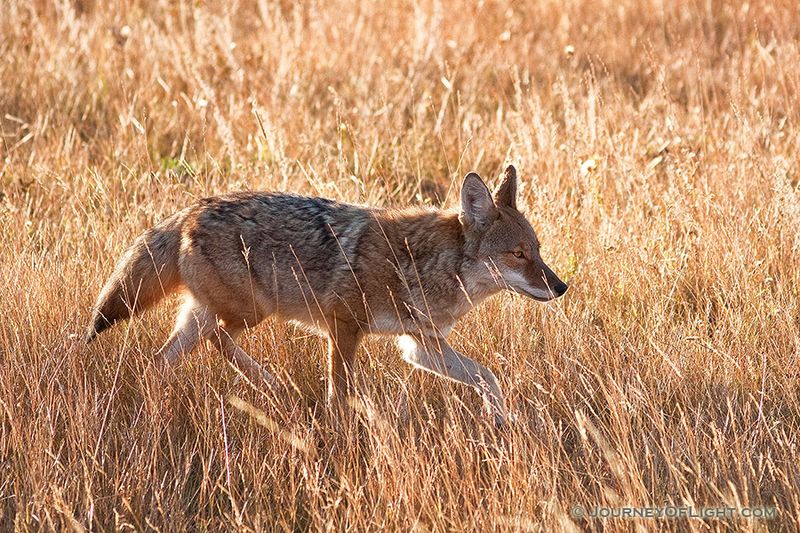
Colorado’s rugged landscapes support approximately 78,252 coyotes. These mountain-adapted populations navigate extreme elevation changes with remarkable endurance and agility. Hikers occasionally spot these wary predators at dawn.
Colorado’s coyotes have learned to coexist with larger predators like wolves and bears, often modifying their hunting patterns and territories to avoid dangerous encounters while still finding sufficient food.
12. Nebraska
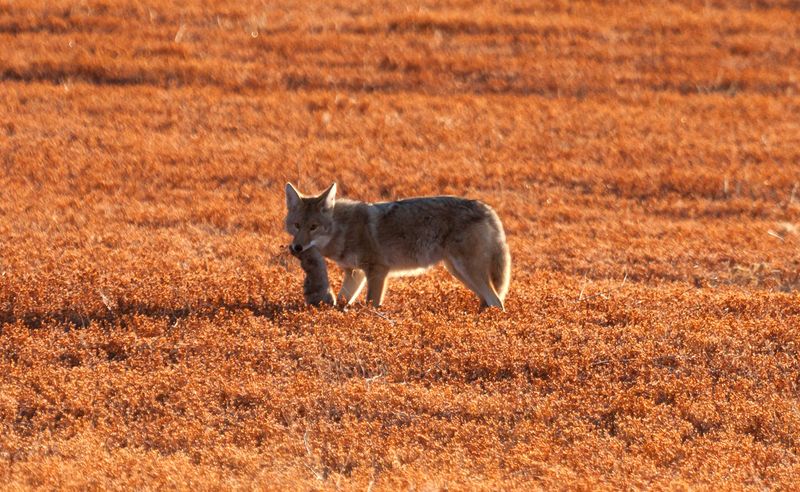
Nebraska’s agricultural heartland provides habitat for roughly 77,345 coyotes. These prairie-adapted predators help farmers by controlling rodent populations that would otherwise damage valuable crops. Platte River valleys offer perfect denning sites.
Nebraska’s coyotes have learned to follow farm equipment during harvests, catching mice and voles disturbed by machinery—a perfect example of how these intelligent animals adapt to human activities.



